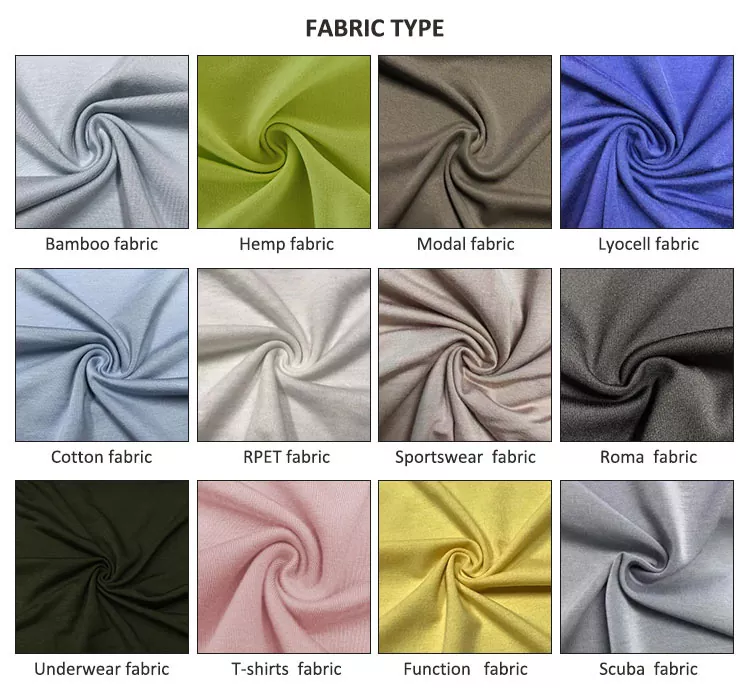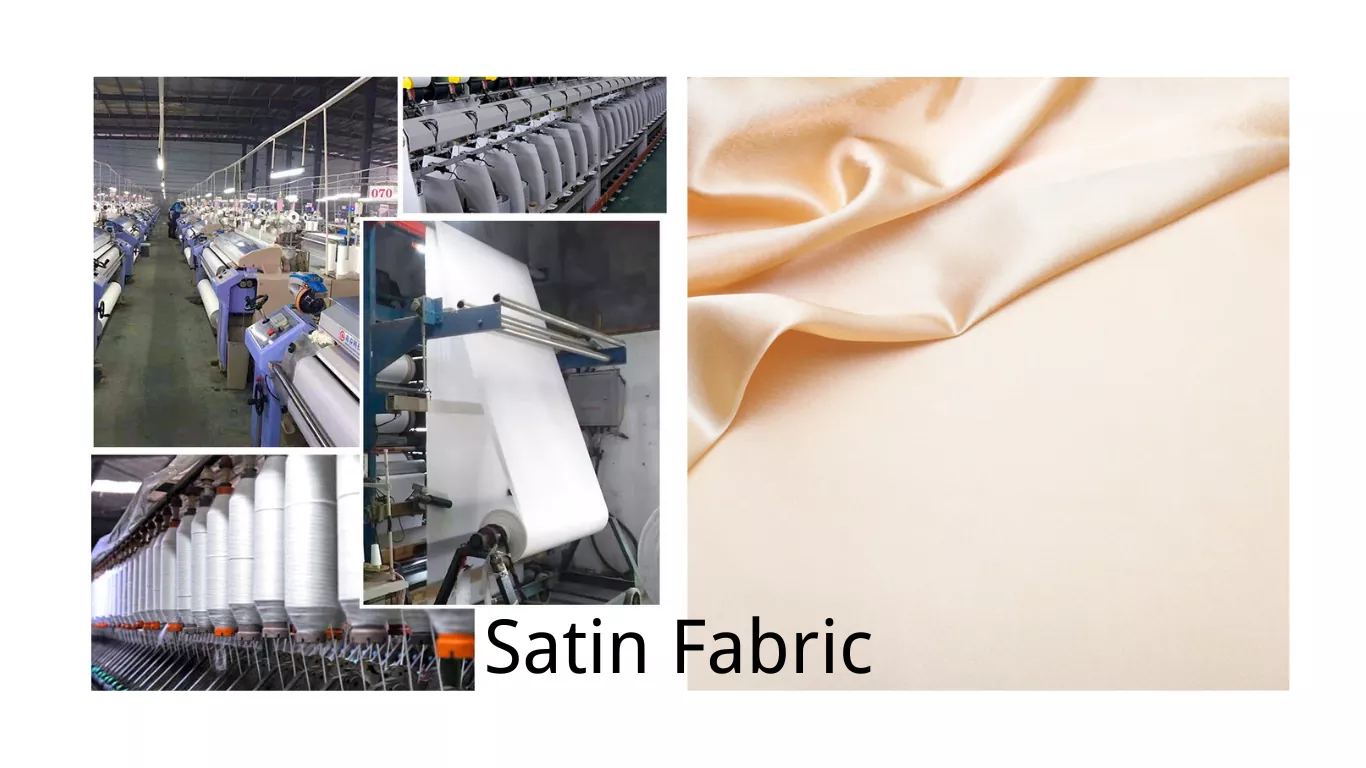工場からファッションへ:大量生産の服をスタイリッシュに着こなす
Delving into the history of clothing production, one cannot overlook the pivotal role of mass-produced clothing. It has entirely revolutionized the way consumers approach fashion, making a profound impact on the industry as we understand it today. A long journey from primitive stitching techniques to modern sewing factories illustrates the stunning progression of textile manufacturing—a movement shaped significantly by the evolution of mass-produced apparel.
The concept of mass-produced clothing began to take form during the Industrial Revolution when the invention of the sewing machine facilitated mass production. The shift from tailor-made apparel to factory-made allowed clothing to be produced at a rate previously unimaginable. Technological advancements in 衣料品製造, such as automated cutting machines and digital pattern-making, has significantly altered the production and consumption of clothing. This shift towards mass-production has undeniably defined the modern fashion industry.
Exploring the Emergence of Mass-Produced Apparel
The rise of mass-produced apparel, also known as fast fashion, revolutionized the clothing industry in a significant manner. Originating in the late 20th century, it marked a drastic shift from small scale ガーメント production to bulk manufacturing. The idea behind this change was to swiftly replicate high fashion trends and make them accessible to a broader audience, in an affordable manner.
Fast fashion, since then, has grown tremendously and has impacted every corner of the world. It enabled forecasted or on-trend, runway styles to be delivered at a rapid pace to high-street stores. As consumers embraced this new wave of speed and variety, retailers flourished in their ability to meet the increasing demand for affordable and trendy clothing. Thus, fast fashion not only transformed the speed and volume of clothing production, but it also significantly altered consumers’ expectations and behaviors towards fashion consumption.
The Intersection of Style and Mass-Produced Clothing
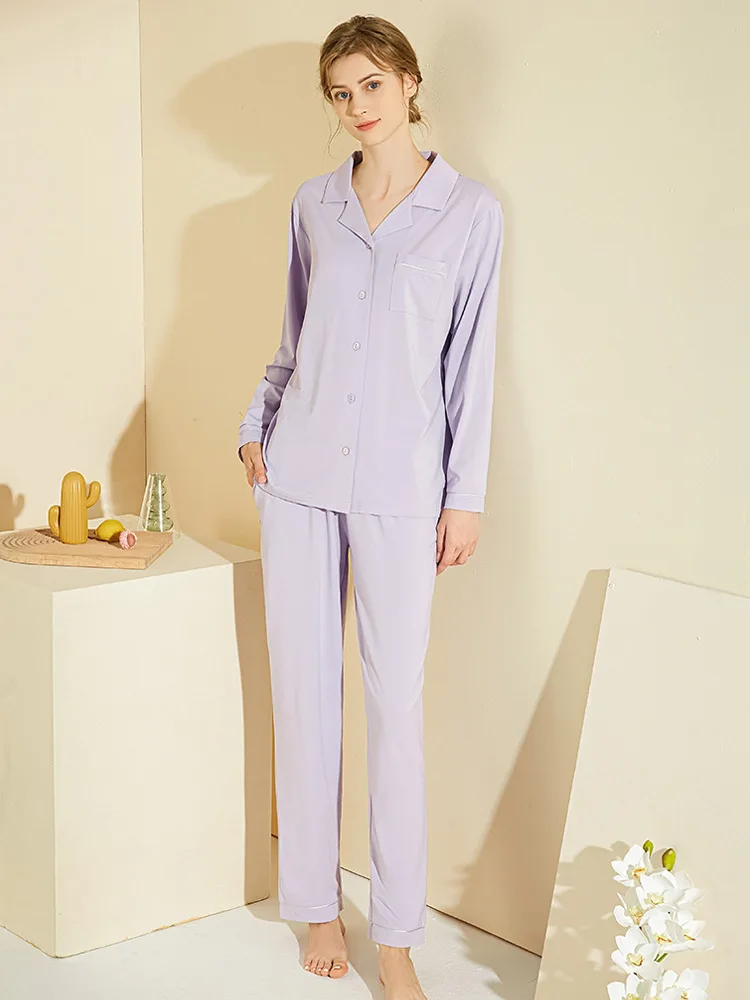
Clothing manufacturers play an instrumental role in the nexus between personal style and mass-produced clothing. Focusing on creating trends that mirror the aspirations of consumers, they ensure that fashion-forward clothing is readily accessible to a larger demographic. Their goal is to blend and balance the dynamism of style with the practicality and affordability of mass production.
The perpetuation of trends is heavily influenced by these manufacturers. They seize current style inputs from runway shows, celebrities, and popular culture, and transpose them into their 生産工程. On a broader scale, clothing manufacturers hone their manufacturing process to keep style and fashion within the reach of consumers, thereby ensuring a wider diffusion of latest trends.
Why Consumer Demand Drives Mass-Produced Fashion
The fashion industry has always been reactive to consumer demands and trends. One of the most significant pivots has been towards ‘ready to wear’ clothing. This tidal shift was born out of necessity as the world became increasingly fast-paced and industrialized. As clothing started to be viewed not just as necessities, but as a way of self-expression, companies began mass-producing styles that catered to popular demand. These ready-to-wear outfits responded to modern needs for convenience, choice, and most importantly, affordability.
The dynamic nature of consumer preferences continue to fuel the production scales of ready to wear outfits. As runway styles swiftly translate into affordable versions for the masses, a real-time demonstration of supply meeting demand is evident. It’s also worth noting that with the advent of social media, demand is not just created by the trends set by fashion designers, but also by influencers and even regular consumers themselves. The mass production model in fashion exists because it successfully caters to the varied, ever-changing, and urgent demands of its audience.
Quality Versus Quantity: A Closer Look at Mass-Produced Clothing
Mass-produced clothing, aptly termed as fast fashion, has revolutionized the way people shop and dress today. The process involves the manufacturing of large volumes of apparel using standardized designs in an effort to meet consumer demand for the latest trends at affordable prices. However, while the quantity is readily available, questions arise when it comes to dissecting the quality of such clothing.
The use of cheaper materials and high-speed sewing techniques often results in garments that don’t endure the test of time. This is one of the significant trade-offs with mass-produced clothing. Consumers lured by the low price tag and the allure of constant newness often overlook the lack of durability and craftsmanship in such products. The long-term costs, both financial and environmental, are often hidden and ignored in the quantity over quality equation of mass-produced clothing.
How to Personalize Off-the-Rack Apparel
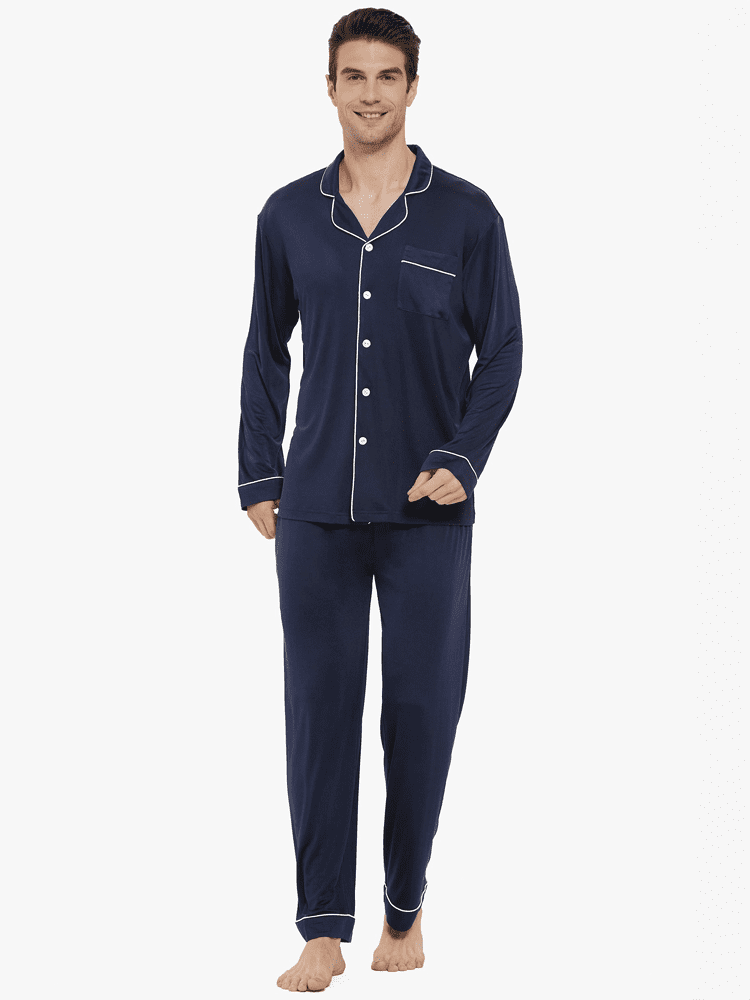
Embracing personalized style requires creativity and understanding of basic design principles. A key approach to personalizing off-the-rack apparel is through embellishments. Adding details such as sequins, ribbons, patches, and beads can instantly transform a plain item into a unique piece. The type of embellishment chosen should reflect personal aesthetic and style preferences, always ensuring that it complements the existing design of the clothing item. You could also consider working with a professional tailor who can assist you in enhancing the character and fit of your clothes.
Another essential aspect of personalizing mass-produced clothing is through mixing and matching. The power of combination allows one to create a varied number of unique outfits from a limited collection of clothes. For example, pairing a simple, mass-produced t-shirt with a high-end, designer skirt can result in an outfit that is both stylish and distinct, reflecting a パーソナル・タッチ and individuality. Remember, the key to breathing new life into off-the-rack apparel lies in making strategic choices that serve to highlight your personal style and not the label.
Overcoming the Stigma of Mass-Produced Fashion
Mass-produced fashion, often termed as ‘fast fashion’, has undeniably had its fair share of criticism. Critics claim it lacks the exclusive touch of individually-tailored clothes and is responsible for many environmental and ethical issues. However, the transformative power of this sector on global fashion can’t be overlooked. By making diverse styles more accessible and affordable, mass-produced fashion has democratized style and created a universal language that spans borders.
In the face of mounting criticism, the industry is accelerating its efforts towards sustainable practices and ethical manufacturing policies. For consumers, the key lies in informed decision making. Recognizing that the value of clothing extends beyond the brand label and price tag can help shift the perspective towards mass-produced fashion. A piece of clothing’s value also lies in its versatility, longevity, and the degree to which it aligns with the wearer’s individual style. Thus, by promoting ethical consumption and eradicating fashion elitism, we can mitigate the stigma associated with mass-produced fashion.
Here are some ways to overcome the stigma of mass-produced fashion:
• Embrace Sustainable Practices: The industry must actively work towards adopting more sustainable practices. This includes using eco-friendly materials and reducing waste in production processes.
• Promote Ethical Manufacturing Policies: Brands should ensure their products are made under fair working conditions. They should also be transparent about their manufacturing processes to build trust with consumers.
• Educate Consumers: It’s essential to educate consumers about the value of clothing beyond its brand label and price tag. Consumers need to understand that a piece of clothing’s worth lies in its versatility, longevity, and how well it aligns with their individual style.
• Foster Informed Decision Making: Encourage consumers to make informed decisions when buying clothes. This could include researching a brand’s ethical policies or considering the durability and multi-functionality of a garment before purchasing.
• Eradicate Fashion Elitism: Mass-produced fashion has democratized style by making diverse styles accessible and affordable for everyone. To further reduce stigma, we need to eradicate fashion elitism that prioritizes exclusive designer labels over mass-market brands.
• Support Slow Fashion Movement: While fast fashion is often stigmatized for its negative environmental impact, supporting slow fashion can help change this perception. Slow fashion promotes quality garments, encourages slower production schedules, fair wages, lower carbon footprints, and (ideally) zero waste.
By adopting these strategies collectively as an industry and society at large – we can transform perceptions around mass-produced fashion while simultaneously addressing pressing environmental concerns associated with fast-fashion practices.
The Environmental Impact of Mass-Produced Clothing
Undeniably, the clothing industry leaves a notable footprint on the environment, and this impact is only amplified with the proliferation of mass-produced apparel. The harsh reality lies in the resources consumed and the waste generated, aspects often overlooked by consumers focused solely on style, comfort, and price. During the production process, considerable amounts of water and energy are consumed, with excessive water usage being a particularly pressing issue in cotton farming and textile dyeing.
Additionally, the mass-produced clothing sector makes considerable contributions to global carbon emissions. For instance, the manufacturing process, transportation, and eventual disposal of garments all contribute to significant emission volumes. Garments’ end-of-life also poses environmental concerns, as synthetic materials take hundreds of years to decompose in landfills. Consequently, it is incumbent on all stakeholders to acknowledge the environmental implications of mass-produced clothing and strive towards more sustainable practices.
The Future of Fashion: Sustainable Mass-Produced Clothing
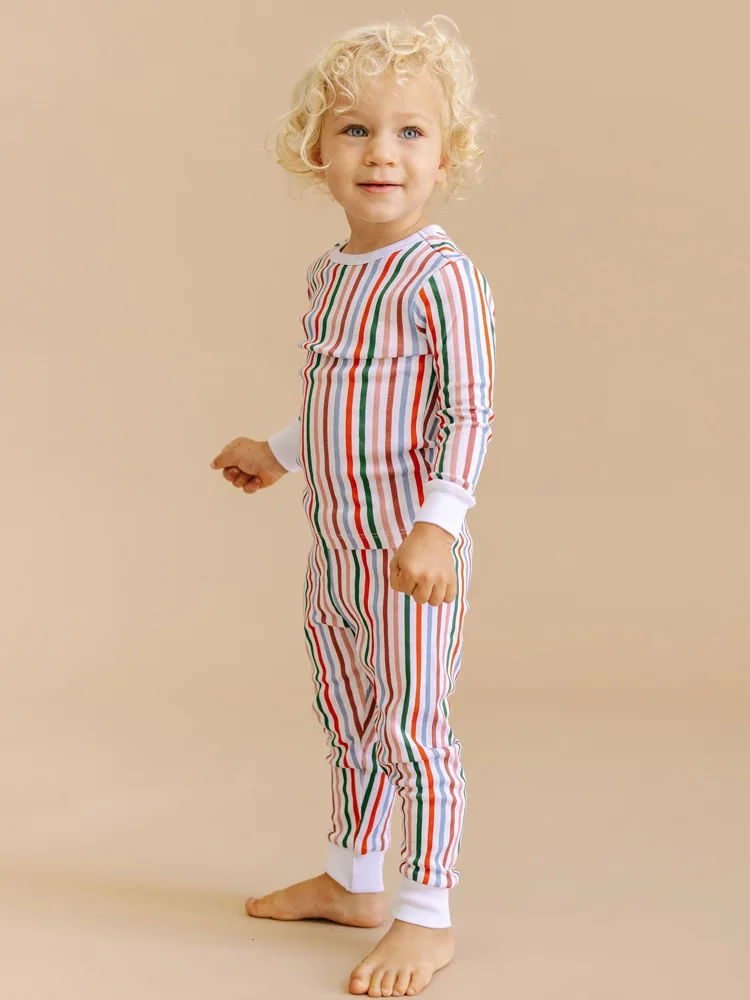
As the fashion industry progresses towards a more sustainable future, mass-produced clothing will have to evolve in tandem. As a result, manufacturers are now exploring methods to infuse sustainability into their high-volume production lines. This includes the use of eco-friendly materials such as オーガニックコットン, bamboo, and hemp, as well adopting renewable energy sources in the production process. Additionally, advanced technologies such as 3D printing and automated sewing are being embraced to reduce waste and save energy.
The challenge of championing sustainability while maintaining fast fashion’s allure lies in the balance of ecological responsibility and the constant influx of trendy apparel. Brands have to intertwine their fashion-forward tendencies with an eco-conscious narrative. As seen through marketing campaigns focusing on green initiatives, brands are showcasing the steps involved in creating a sustainable garment, from sourcing materials to finalized product. In the wake of environmental consciousness, sustainable mass-produced fashion emerges not as a trend, but as a necessary shift aiming to redefine the future landscape of the fashion industry.
Style Tips for Making Mass-Produced Clothing Look Unique
Adding a personal touch to mass-produced clothing can elevate your style, making you stand out from the crowd. The first step towards individuality is thoughtful accessorizing. Pair your garment with unique and expressive accessories such as a vintage brooch, a bohemian scarf, or even quirky socks. Jewelry, too, can often serve as an excellent narrative device, adding depth and character to your ensemble. Another strategy is to pair your mass-produced clothing with items of cultural significance to you, like a traditional or heirloom piece from your cultural background. Worn together, these elements create a compelling style story, making an otherwise common item look unique.
The second strategy for personalizing off-the-rack clothing is through modifications and customization. Several alterations can be done to achieve a bespoke look such as dyeing a garment in a different color, adding embellishments, or tailoring for a better fit. Customization is also increasingly being recognized as a fashion-forward approach, as it allows you to infuse your unique personality and often extends the life of a clothing item, contributing to more sustainable practices in fashion. Mass-produced clothing provides a convenient and accessible base, but it’s the personal touches and modifications that truly make a piece your own.
よくあるご質問
What is the evolution of clothing production?
The evolution of 衣料品製造 has seen major changes in the last century. From the local tailor or seamstress producing made-to-measure clothing, we’ve shifted to large-scale manufacturing units that make clothing available to a global market.
How has mass-produced apparel emerged?
Mass-produced apparel emerged with the industrial revolution. With the advent of sewing machines and other industrial technologies, 衣料品製造 became faster, cheaper, and more standardized, making fashion accessible to a wider audience.
How does consumer demand drive mass-produced fashion?
Consumer demand directly influences mass-produced fashion. Trends are identified, incorporated into designs, and produced on a large scale to meet the demand. This process allows for rapid response to changing fashion trends, but also has implications on quality and sustainability.
What is the difference between quality and quantity in mass-produced clothing?
Quality refers to the craftsmanship, materials, and longevity of a garment, while quantity refers to the number of items produced. In mass-produced clothing, the focus often shifts from quality to quantity to meet demand and reduce costs.
How can I personalize off-the-rack apparel?
You can personalize off-the-rack apparel by adding unique accessories, mixing and matching pieces, using fashionable layering techniques, or altering the clothing to better suit your personal style and body shape.
Is there a stigma associated with wearing mass-produced fashion?
Yes, some people perceive mass-produced fashion as lacking individuality or quality. However, this stigma can be overcome by personalizing your wardrobe and making conscious, sustainable choices.
What is the environmental impact of mass-produced clothing?
Mass-produced clothing has a significant environmental impact. It contributes to pollution and waste due to excessive production and the use of non-renewable resources. Moreover, it often involves unethical labor practices.
How can we make mass-produced clothing more sustainable?
The future of fashion lies in sustainable mass-production. This involves using eco-friendly materials, minimizing waste in the production process, and ensuring ethical labor practices. Additionally, consumers can contribute by choosing sustainable brands and reducing consumption.
What are some style tips for making mass-produced clothing look unique?
You can make mass-produced clothing look unique by incorporating statement accessories, adapting current fashion trends to your personal style, shopping from a mix of brands to create a diverse wardrobe, and altering clothes to better fit your body and personal aesthetic.


